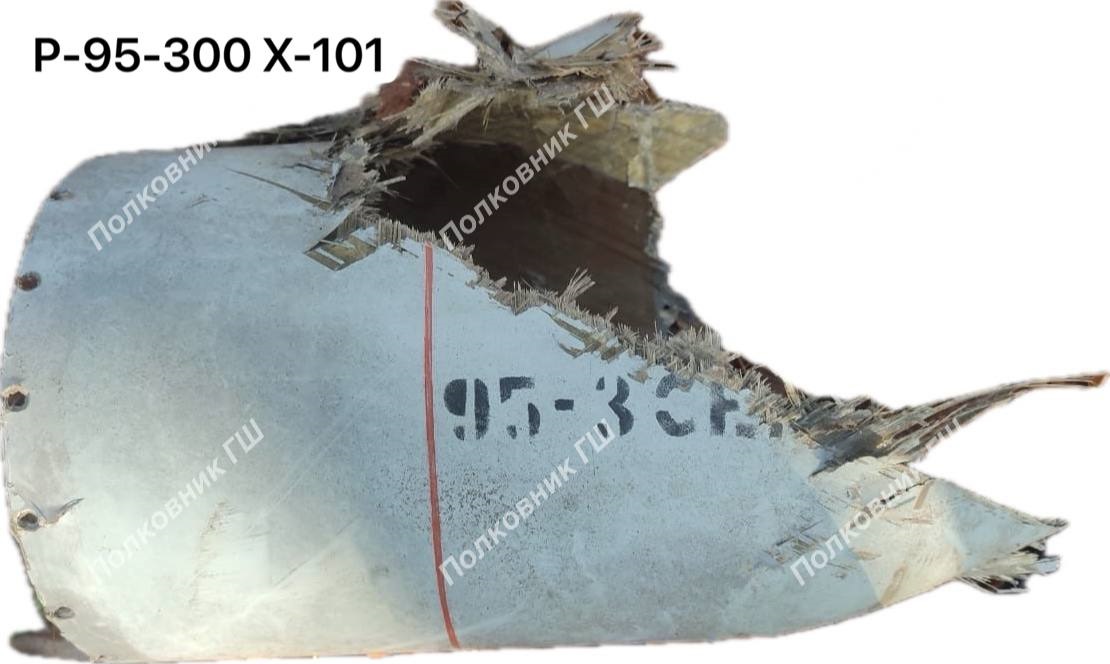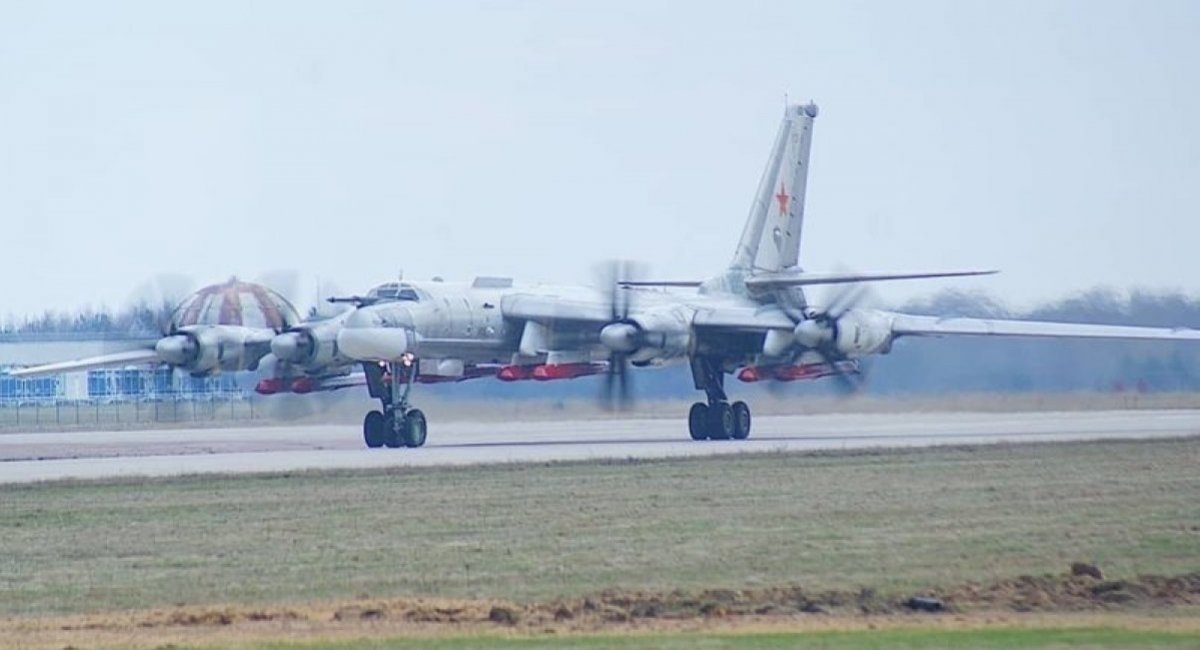During a massive missile attack aimed at Ukraine on November 17, 2024, some of the Kh-101 air-launched cruise missiles used by the russian armed forces were equipped with Soviet R-95-300 engines from the Kh-55 cruise missile. Such instances were noticed and reported by war_home on Telegram.
The russian military-industrial complex currently doesn't manufacture the R-95-300 type, so the author suggests that the engines for equipping Kh-101 missiles could be taken either from old Soviet stocks or by "cannibalizing" existing Kh-55 missiles.
Read more: Shahed-136 Gets New Navigation With RTK: a Game-Changer or a Test for Ukraine's EW?

He also points out an interesting detail: when a Kh-101 is equipped with an R-95-300 engine, a special "95-300" marking is applied to the missile's fuselage.
Moreover, the source states that the use of R-95-300 engines on missiles other than its standard Kh-55 has been seen previously on almost all Kh-59s, which is another type of old missile that russians use for strikes on Ukraine. But it's "the first recorded instance of such a symbiosis of a modern cruise missile and an obsolete Soviet engine".

On the part of Defense Express, the very fact that engines from the Kh-55 are used with Kh-101 missiles clearly shows the main bottleneck in russian production of long-range missiles, that is, the engine manufacture.
Usually, when discussing ways to undermine Moscow's ability to sustain its war against Ukraine, most media pay attention to the critical high-tech electronics that russians still receive from abroad despite international trade sanctions and which are later found inside russian missiles. Yet this viewpoint overlooks the fact that the most important part of a missile is still its power plant.

Essentially, using R-95-300 engines on Kh-101 is a band-aid solution that cannot be expanded on an industrial scale to increase the production of cruise missiles because the stock of old Kh-55s is very limited. As further assumed by war_home, the engine production rate might be the most critical factor that impairs russian ability to scale up cruise missile manufacture.
Evidently, by introducing this band-aid, russian defense industry is trying to bypass this limitation. It also might be looking into ways to increase the production of the TRDD-50 engine which is standard for the Kh-101.
However, at this point, there is a very clear criterion that the russians have currently reached the ceiling of their possibilities to produce long-range weapons, and it stems from the deficit of engines. That is why they were forced to turn to cannibalizing engines from the Kh-55 and attach them to the Kh-101s.

Read more: Update: Did France, UK Approve Deep Strikes into russia with SCALP/Storm Shadow Missiles?














